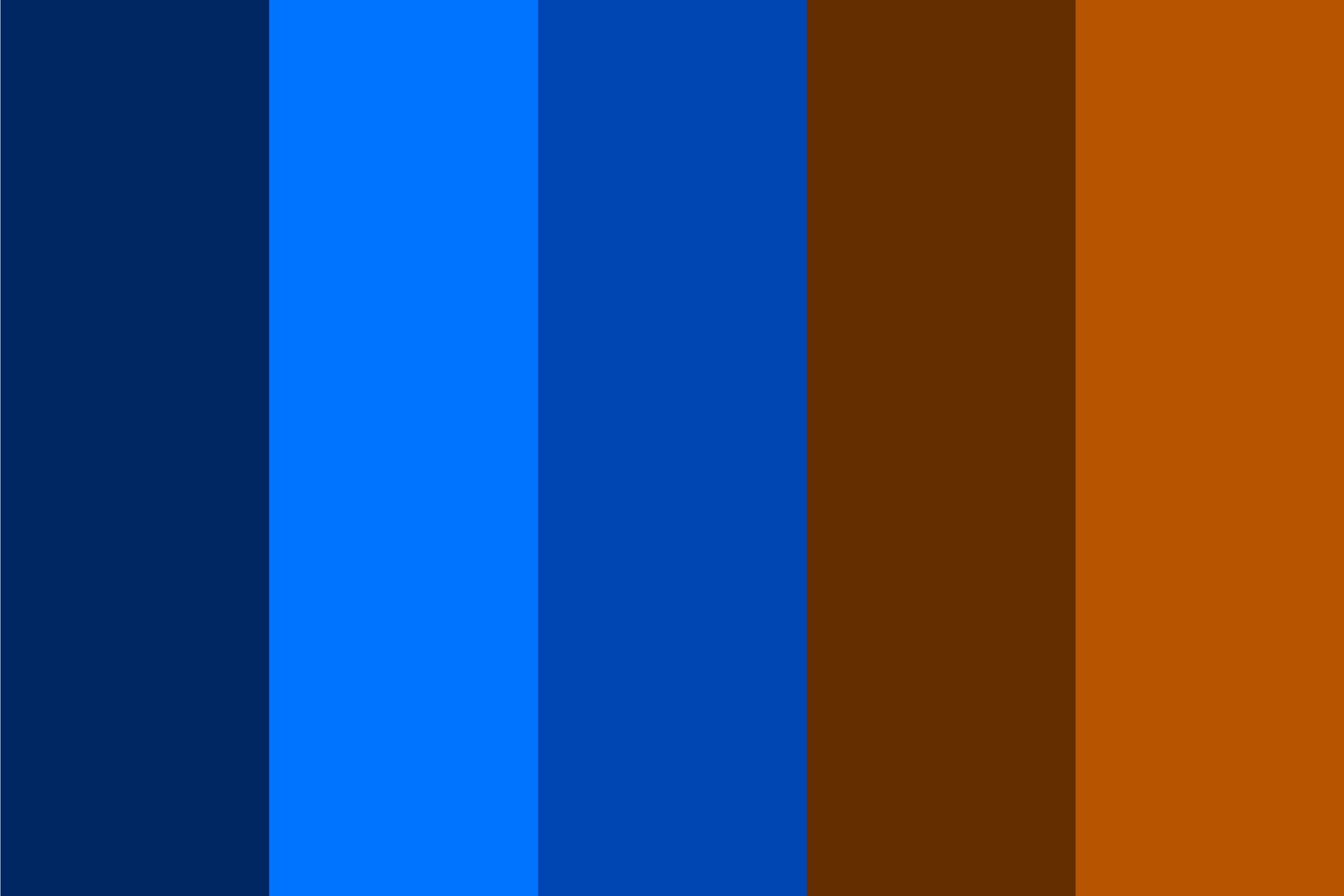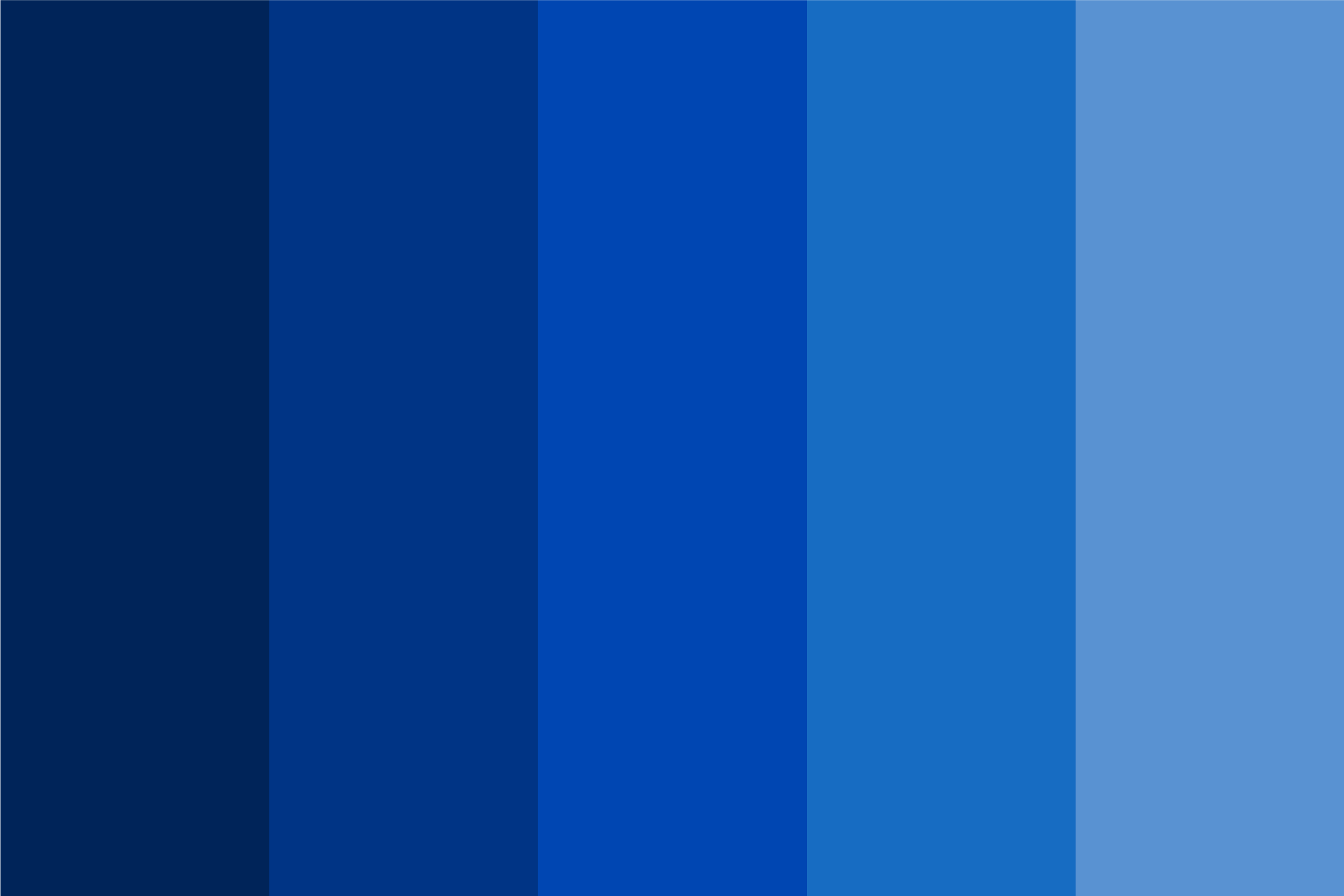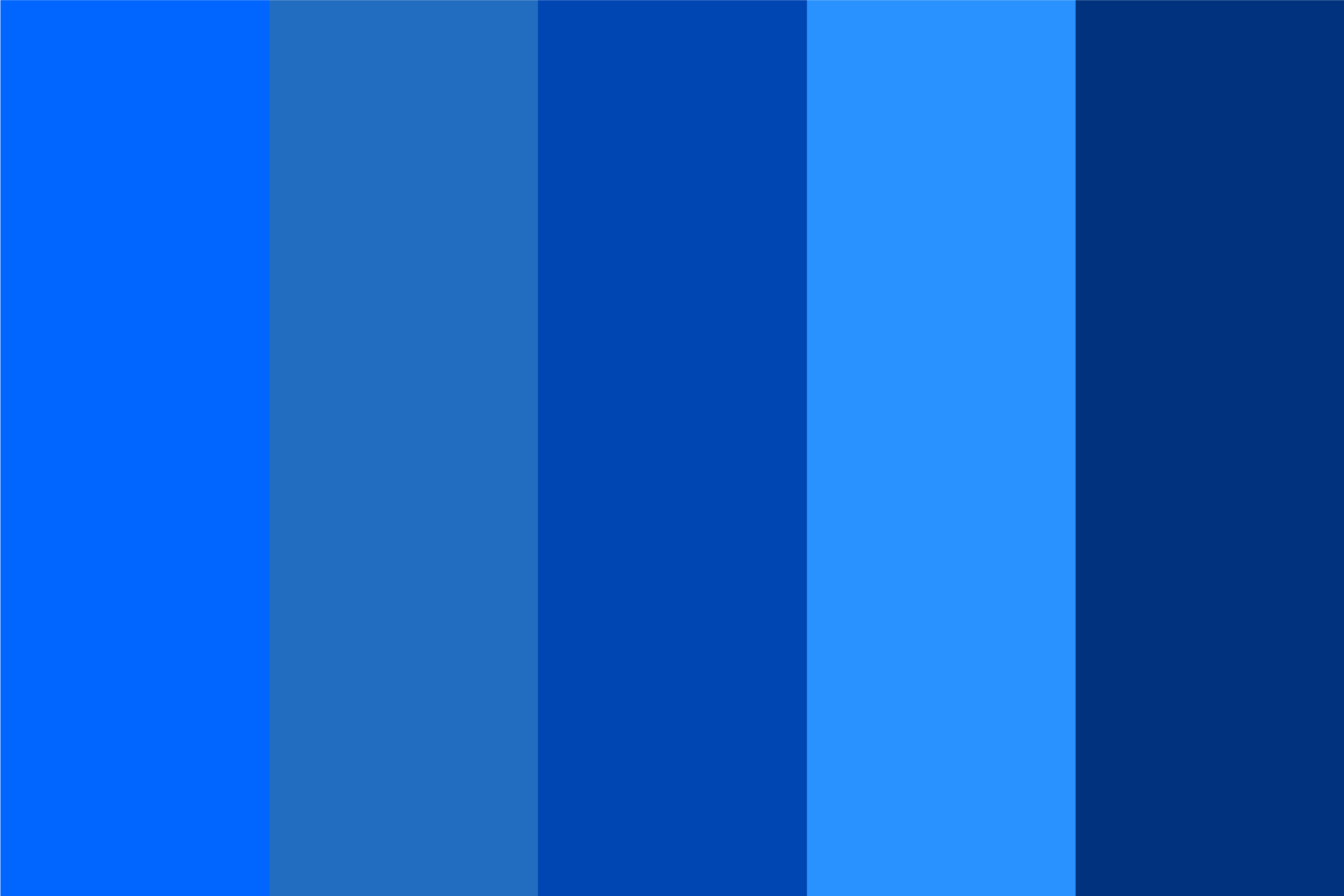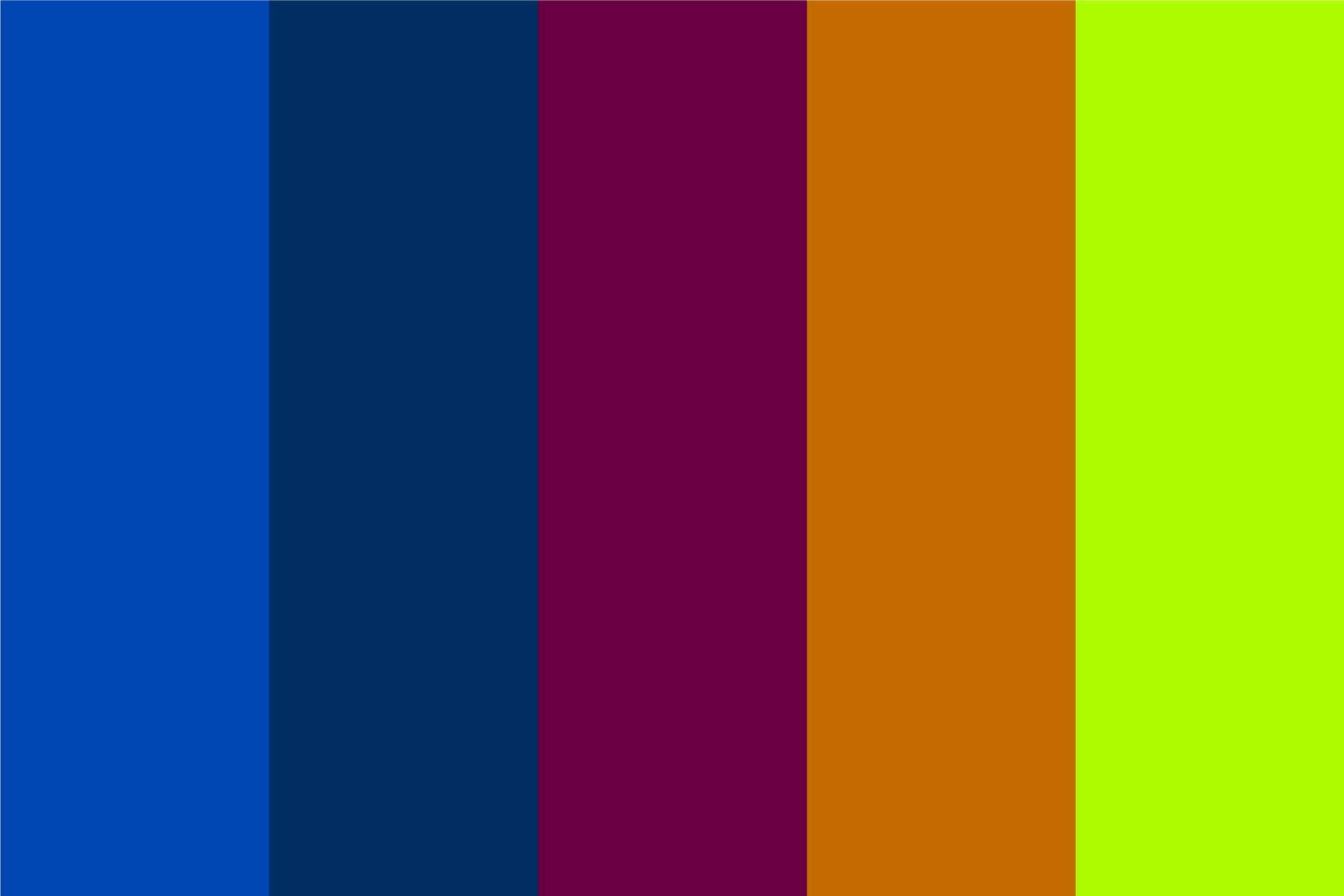This post may contain affiliate links. If you click one, we may earn a commission at no cost to you. Here's more details on how we make money.
In this guide, we dive into the mesmerizing world of the color Cobalt Blue, exploring its origins, meaning, color codes, and diverse usage.
Known for its incredible depth and clarity, Cobalt Blue is more than just a color, it's a cultural phenomenon with a rich history that we'll be exploring. From its historical origins to its modern-day applications, this shade has an enchanting tale to tell. So let's dive into the world of Cobalt Blue and unearth the many facets of this magnificent color.
What Color is Cobalt Blue?
When you first lay eyes on cobalt blue, you are greeted with a stunning depth that seems to pull you into its rich, absorbing presence. The cobalt blue hex color code is #0047AB, revealing its particular combination of red, green, and blue primary colors.
Cobalt blue stands out with its uniquely cool yet remarkably bright quality, setting it apart from other blues. In terms of digital representation, it's a bold color leaning towards the darker spectrum, yet it's still able to retain its remarkable brightness, making it a sought-after color in design.
In different contexts, Cobalt Blue can express different feelings and moods. It can be as calm as the deep sea, yet as energetic as a clear summer sky. This versatility contributes to its enduring popularity across various fields.
The History of Cobalt Blue
Cobalt blue, a striking pigment, has a long and fascinating history that is deeply intertwined with human culture. The creation process involves sintering cobalt(II) oxide with aluminum(III) oxide (alumina) at 1200 °C, resulting in a compound known as cobalt(II) aluminate. It is not as intense as Prussian blue, an iron-cyanide based pigment, but it more than makes up for it in its stability.
This brilliant pigment was utilized in impure forms in Chinese porcelain long before its formal discovery and its first recorded use in English dates back to 1777. The modern process of creating cobalt blue pigment was discovered by Louis Jacques Thénard in 1802, and commercial production began in France just five years later.
By the 19th century, a Norwegian company, Benjamin Wegner's Blaafarveværket, had become the leading world manufacturer of cobalt blue, but the color was also widely produced in Germany, particularly in the blue color works (Blaufarbenwerke) in the Ore Mountains of Saxony. Cobalt blue became a global commodity, traveling far from its European roots, and was widely used in an array of applications from art to automobiles, making it an enduring icon in the world of color.
The Meaning of the Color Cobalt Blue
Color meanings can vary greatly depending on the context and culture, but certain associations persist across different environments. Cobalt blue, a color resonating with depth and stability, often symbolizes trust, loyalty, wisdom, confidence, and intelligence.
As a shade associated with the sky and the sea, it is often linked to openness, freedom, intuition, and imagination. It also carries an air of sophistication and power, making it a favorite in corporate environments. In some cultural contexts, cobalt blue can signify peace, tranquility, and spiritual awareness.
Overall, the combination of its associations with both stability and creativity make cobalt blue a powerful color in design, art, and fashion.
How to Use Cobalt Blue?
Cobalt blue is a flexible shade that can be used in a multitude of ways. In fashion, it makes a bold statement and can be used as a primary color in outfits or as a stunning accent. A cobalt blue dress, for instance, would steal the show at any event, and cobalt accessories can add a vibrant pop of color to a neutral outfit.
In interior design, cobalt blue can be utilized to create dramatic and energetic spaces. It could serve as a statement color for a feature wall, or be incorporated into home decor through upholstery, curtains, or accessories for a more subtle impact.
In marketing and branding, cobalt blue's connotations of trust, reliability, and sophistication make it an excellent choice for corporate identities. Moreover, its association with creativity makes it a popular choice for brands wishing to convey innovation.
Artists have been entranced by cobalt blue for centuries, using it to create visually stunning and emotionally compelling works. Whether in the breathtaking skyscapes of Maxfield Parrish or the intense hues of Impressionist paintings, cobalt blue adds depth and intensity to any artistic creation.
Similar Colors to Cobalt Blue
Cobalt Blue is a unique shade, but there are several colors that share its intense, deep character. Here are five colors that exhibit similar traits:
- Ultramarine
- Sapphire Blue
- Persian Blue
- Azure
- Electric Blue
What Colors Go with Cobalt Blue?
Pairing cobalt blue with other colors can lead to stunning results. Here are five colors that beautifully complement cobalt blue:
- White
- Yellow
- Light Pink
- Mint Green
- Silver
Cobalt Blue Color Information (Hex Code #0047AB)
Diving deeper into the technical details of cobalt blue, we find its hex code to be #0047AB. The RGB code is (0, 71, 171) which translates into an absence of red, 27.8% green, and 67.1% blue in terms of percentage. The CMYK code is (100, 58, 0, 33) and its HSL code is (215.1°, 100, 33.5). These values give cobalt blue its unique intensity and depth, distinguishing it from other blues.
Cobalt Blue Color Code Conversion
The hexadecimal color of cobalt blue is #0047AB. This rich, profound blue can be represented in various coding systems, each providing unique insights into the composition of the color. Here is a table detailing the different values:
| CODE | VALUE | HTML/CSS |
|---|---|---|
| Hex | 0047AB | #0047AB |
| RGB Decimal | 0,71,171 | rgb(0,71,171) |
| RGB Percentage | 0%,27.8%,67.1% | rgb(0%,27.8%,67.1%) |
| CMYK | 100, 58, 0, 33 | |
| HSL | 215.1°, 100, 33.5 | hsl(215.1,100%,33.5%) |
| HSV | 215.1°, 100, 67.1 | |
| Web Safe | 003399 | #003399 |
| CIE-LAB | 32.801, 22.521, -58.448 | |
| XYZ | 9.602, 7.446, 39.457 | |
| CIE-LCH | 32.801, 62.637, 291.073 | |
| CIE-LUV | 32.801, -16.023, -80.473 | |
| Hunter-Lab | 27.287, 15.061, -66.632 | |
| Binary | 00000000, 01000111, 10101011 |
Cobalt Blue Color Schemes
Cobalt blue can be used in a variety of color schemes to create diverse aesthetics:
Analogous

Complementary

Shades

Monochromatic

Triad

Cobalt Blue Color FAQ
Is cobalt blue the same as navy blue?
No, cobalt blue and navy blue are not the same. While both are variants of blue, cobalt has a brighter, more electric appearance, whereas navy blue is a darker, almost black-blue.
Is cobalt blue same as Prussian blue?
No, cobalt blue and Prussian blue are different. Prussian blue is a darker, more intense pigment, while cobalt blue is lighter and less intense.
Is cobalt blue warm or cool?
Cobalt blue is generally considered a cool color, owing to its association with the sky and water.
Is cobalt blue light or dark?
Cobalt blue falls more towards the darker end of the spectrum while still retaining a vibrant brightness.
What is the color code for cobalt blue?
The hex code for cobalt blue is #0047AB.
What color shoes to wear with a cobalt blue dress?
Neutral colors such as black, white, or nude work well with a cobalt blue dress. For a more daring look, try silver or gold metallic shoes.
How to make cobalt blue color?
Cobalt blue is a specific pigment that can't be made by mixing other pigments. It is produced by sintering cobalt(II) oxide with aluminum(III) oxide at high temperatures.
Is cobalt blue a fall color?
While cobalt blue can certainly be worn in the fall, it is versatile enough to be worn in any season.
Is royal blue and cobalt the same color?
No, royal blue and cobalt blue are not the same. While both are bright and intense, royal blue is darker and richer, while cobalt blue has a brighter, more electric quality.
Conclusion
From its rich history to its striking visual appeal, cobalt blue is a color that continues to inspire across cultures and disciplines. Whether it's the clear blue of a summer sky or the rich palette of an impressionist painting, cobalt blue captivates with its depth, brightness, and intensity.
It's a color that invites exploration and creativity, making it a truly timeless hue in the world of art, design, and beyond. So the next time you gaze upon a cobalt blue object, take a moment to appreciate its remarkable journey through history, chemistry, and art.


